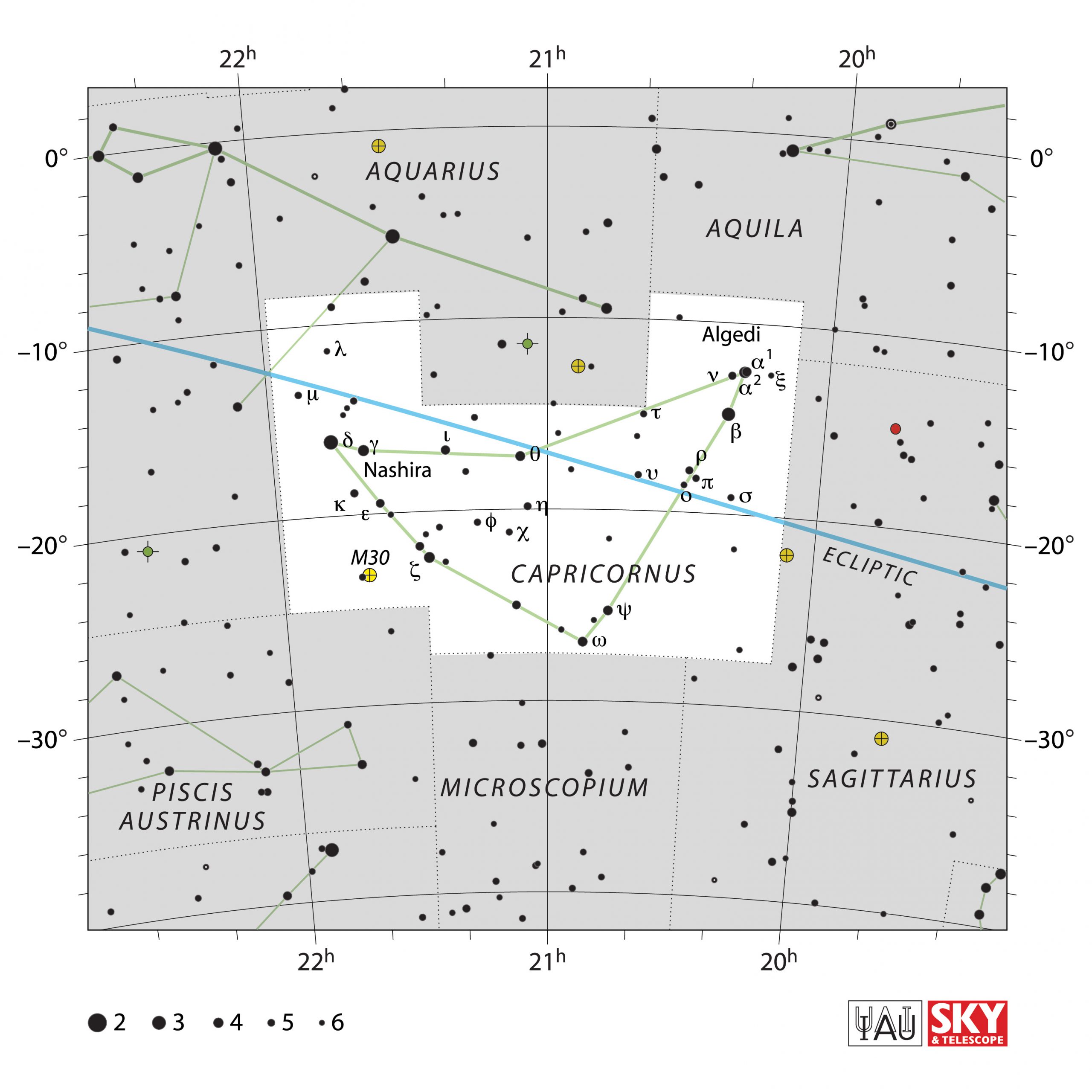Profile / Characteristics
| English translation | Latin declination and pronunciations | Size/ °² | # stars (visible) |
| the Goat-Fish | Capricornus – CAP-rih-CORN-us Capricorni – CAP-rih-CORN-eye | 414 | 81 |
Main Star (brightest one):
| Designation | HIP number | name in IAU-CSN | brightness |
| del Cap | HIP 107556 | Deneb Algiedi | 2.83 mag (V) |
Our (modern) Explanation
The “sea goat” is a Latin misunderstanding: the original name is “Goat-Fish” and it is an original Babylonian constellation. “Goat-Fish” is a benevolent daemon, like a talisman protecting his owner, accompanying the (Babylonian) god of wisdom and witchcraft who is depicted in Aqr. These two constellations (Aqr and Cap), thus, belong together and form a super-constellation.
Ancient Globes

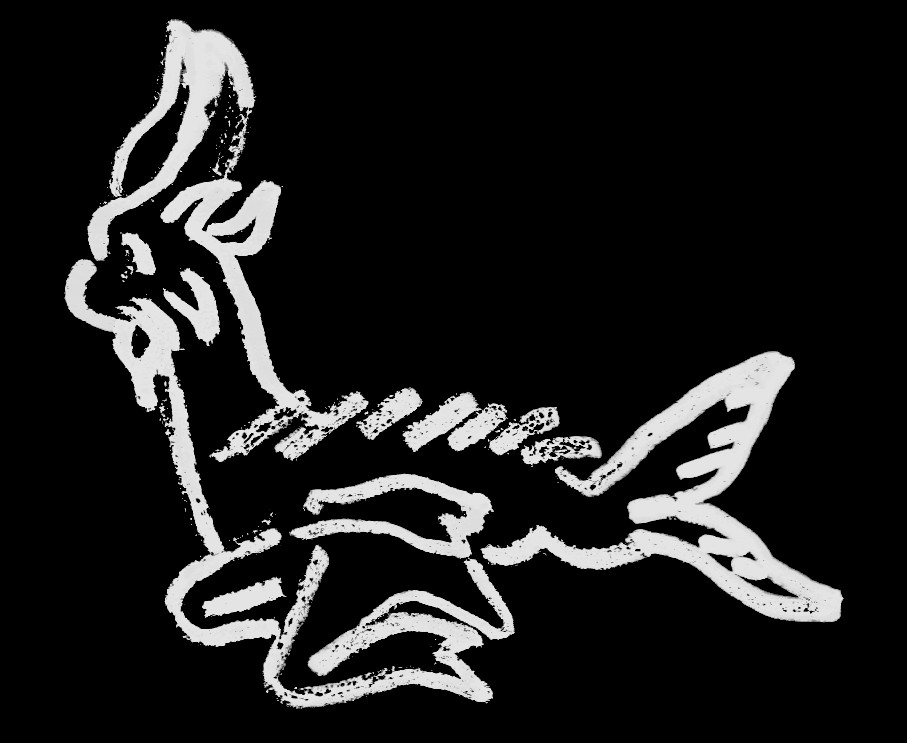
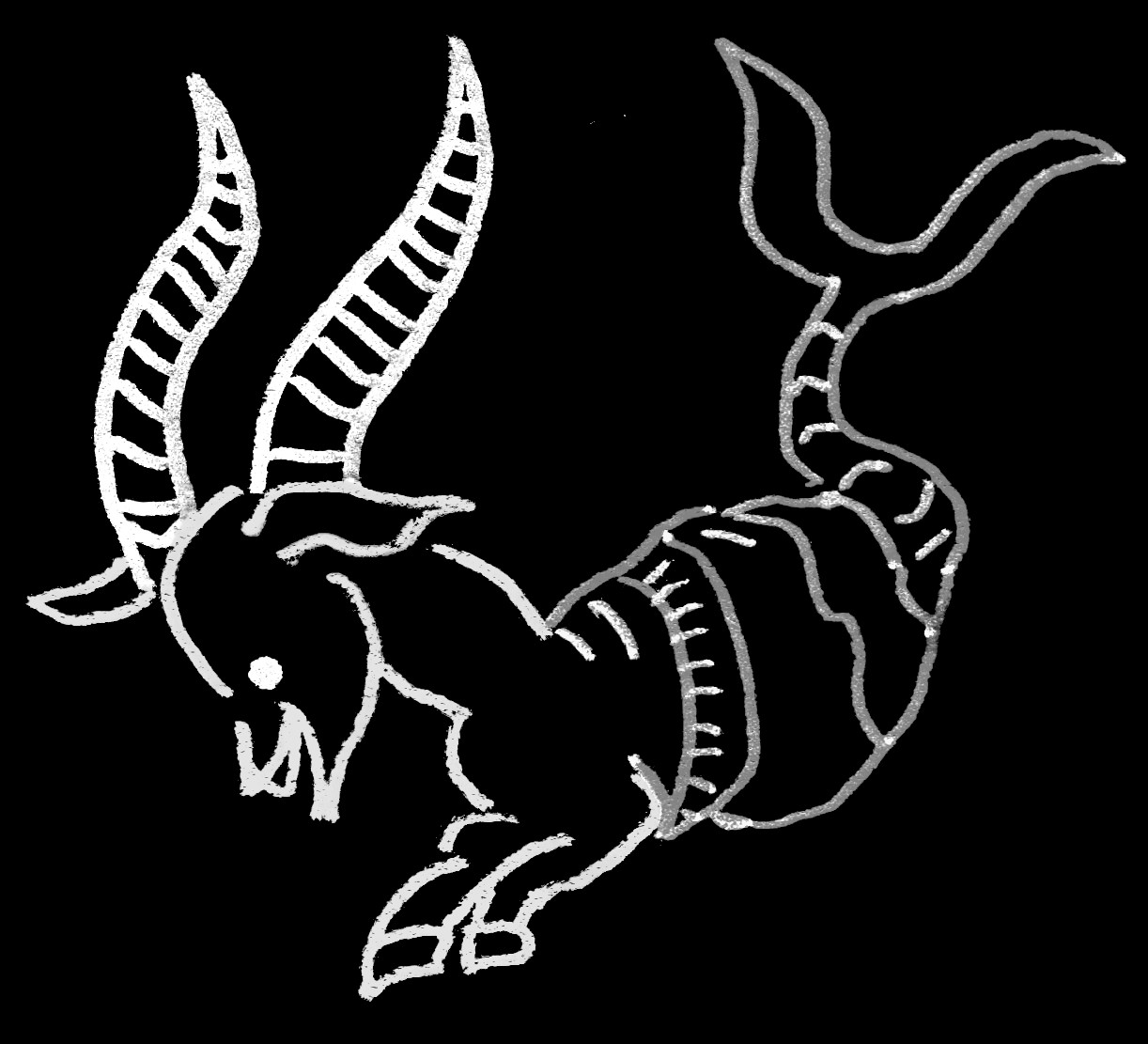
Farnese Globe
Kugel Globe
Mainz Globe
broken (shoulder of Atlas)
a goat-fish (Babylonian demon)
a goat-fish (Babylonian demon)
Ancient Lore & Meaning
Aratus
[290?] Grievous then is the crashing swoop of the South winds when the Sun joins Aegoceros, and then is the frost from heaven hard on the benumbed sailor. Not but that throughout the year’s length the sea ever grows dark beneath the keels, and, like to diving seagulls, we often sit, spying out the deep from our ship with faces turned to the shore; but ever farther back the shores are swept by the waves and only a thin plank staves off Death. [683] His head, hand and waist set at the rising of Aegoceros [Capricorn]; from waist to foot he sets at the rising of the Archer. Nor do Perseus and the end of the stern of jeweled Argo remain on high, but Perseus sets all save his knee and right foot and Argo is gone save her curved stern. She sinks wholly at the rising of Aegoceros, when Procyon sets too, and there rise the Bird and the Eagle and the gems of the winged Arrow and the sacred Altar, that is established in the South. [700] Yet many a coil of the Hydra remains, but Night engulfs her wholly with the Centaur, when the Fishes [Pisces] rise; with the Fishes the Fish which is placed beneath azure Aegoceros rises – not completely but par awaits another sign of the Zodiac.
Reference:
English translation by Douglas Kidd (1997).
Aratus: Phaenomena, Cambridge Classical Texts and Commentaries, Series Number 34
Pseudo-Eratosthenes
References:
French translation by:
Jordi Pàmias i Massana and Arnaud Zucker (2013). Ératosthènes de Cyrène – Catastérismes, Les Belles Lettres, Paris
English version in:
Robin Hard (2015): Eratosthenes and Hyginus Constellation Myths with Aratus’s Phaenomena, Oxford World’s Classics
Modern and Mediaeval Depiction
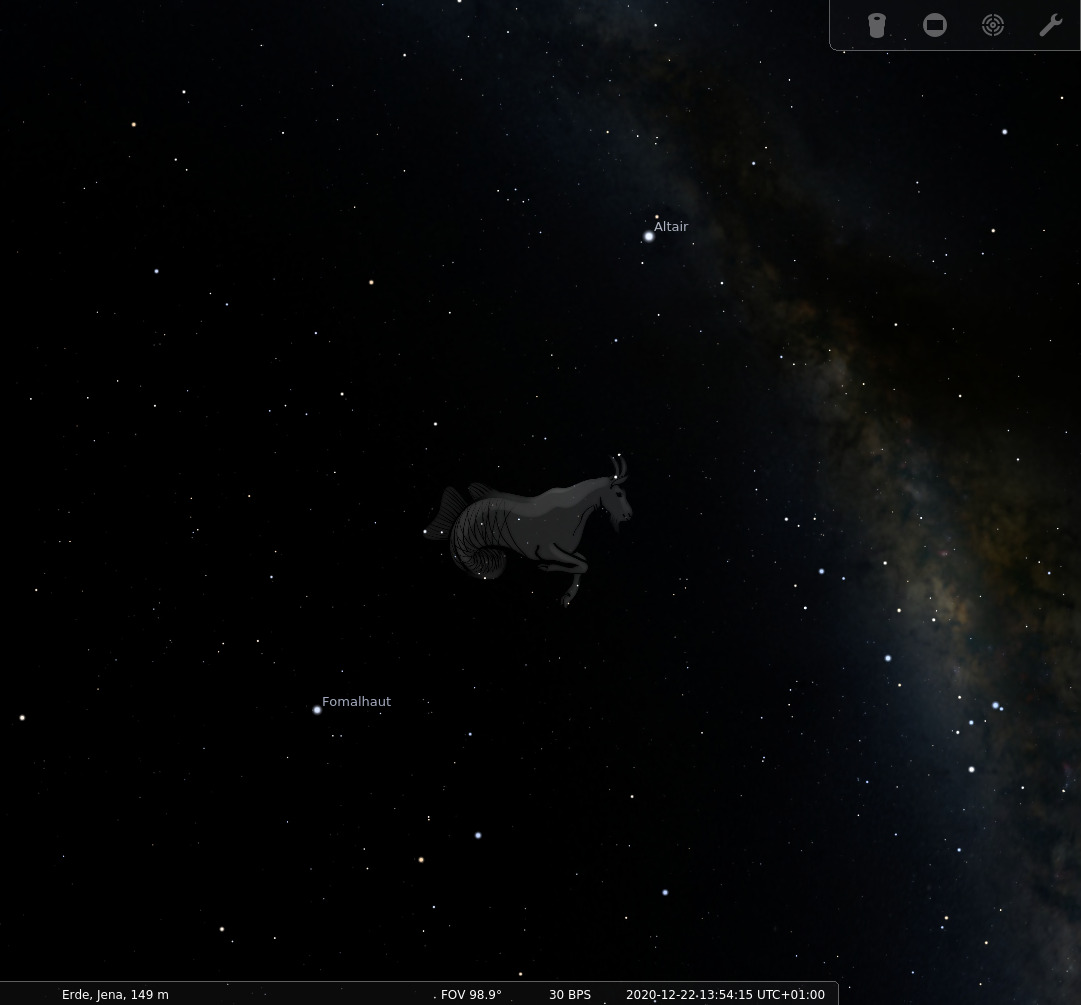
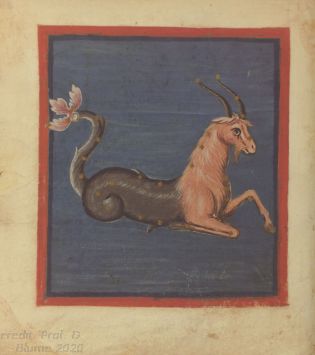
Depiction in Stellarium (by Fabien Chéreau, since 2000 CE)
depiction in the Leiden Aratea (9th century CE)
Early Modern Interpretation
Contemporary
As one of their first tasks in the 1920s, the newly founded International Astronomical Union (IAU) established constellation standards. The Belgian astronomer Eugène Delporte was assigned to the task to define borders of constellations parallel to lines of declination and right ascension. They were accepted by the General Assembly in 1928. The standardized names and abbreviations had already been accepted in 1922 and 1925.
